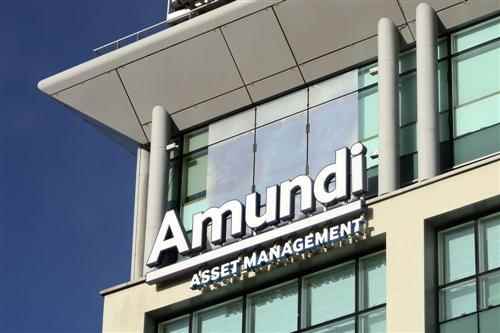(Boursier.com) — Amundi publishes its Investment Outlook for 2023. After a turbulent 2022, investors will continue to watch nervously in early 2023 geopolitical tensions, the energy crisis in Europe and persistent inflation. But the outlook may gradually brighten with the expected pivot from the Fed and the return of attractive valuations.
Amundi forecasts a deceleration in global growth, which would stand at 2.2% in 2023 against 3.4% in 2022, with growth stagnating in several developed and emerging countries.
In Europe, the energy shock, amplified by inflationary pressures linked to the consequences of the Covid crisis, remains the main brake on growth. The resulting purchasing power crisis will push Europe into recession this winter before a slow recovery. But inflation will not go away.
In the United States, the aggressive tightening of monetary conditions increased the probability of a recession in the second half, without however succeeding in bringing inflation down.
This environment of low growth and high inflation will spread to emerging markets, with the exception of China. Amundi has lowered its forecast for China’s GDP growth from 5.2% to 4.5%, a pace of growth well above the anemic levels of 2022 (3.2%) and is based on hopes of a stabilization of the residential real estate market and a gradual reopening of the economy.
Inflation is expected to remain high for most of 2023. In general, central banks will maintain their “whatever it takes” policies to avoid a crisis similar to that of the 1970s.
Monetary tightening will continue a, but at a slower pace than in 2022. The more conciliatory tone employed in the latest communications from the European Central Bank and the Bank of England suggests less aggressive tightening in the months to come . In Japan, Amundi thinks that the rise in the dollar could force the central bank to start tightening its monetary policy. The ultimate level of the Fed’s key rates will be decisive: the probability of a recession in the United States will be much higher if the rates approach 6%.
What are the consequences for investors?
Given the deceleration in global growth and the expected decline in earnings in the first half of 2023, investors should initially maintain a defensive positioning by favoring gold and Investment Grade credit.
However, they will need to be prepared to adjust their exposures over the course of the year, in order to take advantage of the investment opportunities that will arise as valuations become more attractive. Headwinds are expected to ease in the second half of 2023, allowing for an improvement in the business cycle and a gradual increase in risk exposure in portfolios.
-“The return of bonds”: favoring quality credit and paying particular attention to currencies, given the political divergences around the world, liquidity risks and corporate debt levels.
-Bonds are regaining their qualities as a diversification tool: after the sharp rise in yields in 2022 and in the face of fears of a recession next year, a return to a 60-40 portfolio allocation is possible.
-Equities should offer interesting entry points after the adjustment of valuations in the coming months, with a preference for the US market and a “quality/value/yield” positioning. Investors should gradually increase their exposure to European and Chinese, cyclical and discounted (“value”) equities.
-Persistent inflation argues for increased allocations to real assets, less sensitive to inflation, such as infrastructure. While private debt has already begun to revalue downwards, overall it shows solid fundamentals; real estate is also a potentially interesting diversification tool.
– Emerging market divergences will intensify in 2023. Countries with more favorable inflation and monetary policy outlook, such as Latin America and EMEA countries, are interesting. The pivot from the Fed should add to the appeal of emerging equities later in the year.
-Long-term ESG themes will continue to benefit from the aftermath of the Covid 19 crisis and the war in Ukraine. Investors would benefit from exposure to themes of energy transition and food security, as well as relocation trends driven by the geopolitical environment. Social themes will also come back to the fore, as the deterioration of the labor market and inflation call for increased attention to social factors.
Vincent Mortier, Chief Investment Officer of Amundi, comments: “2023 will be a two-speed year, with many risks to monitor. Bonds are back in the spotlight with more attractive valuations while a Fed pivot in the first part of the year should offer interesting entry points on the equity markets in the second half”.
Monica Defend, Director of Amundi Institute, adds: “Investors will face significant challenges in the coming year, which will be marked by slowing global growth, the energy shock in Europe, persistent inflation and downside risks. recession in the United States and Europe. Together with inflation, geopolitics will continue to play a fundamental role in the evolution of macroeconomic trends in the coming quarters.
